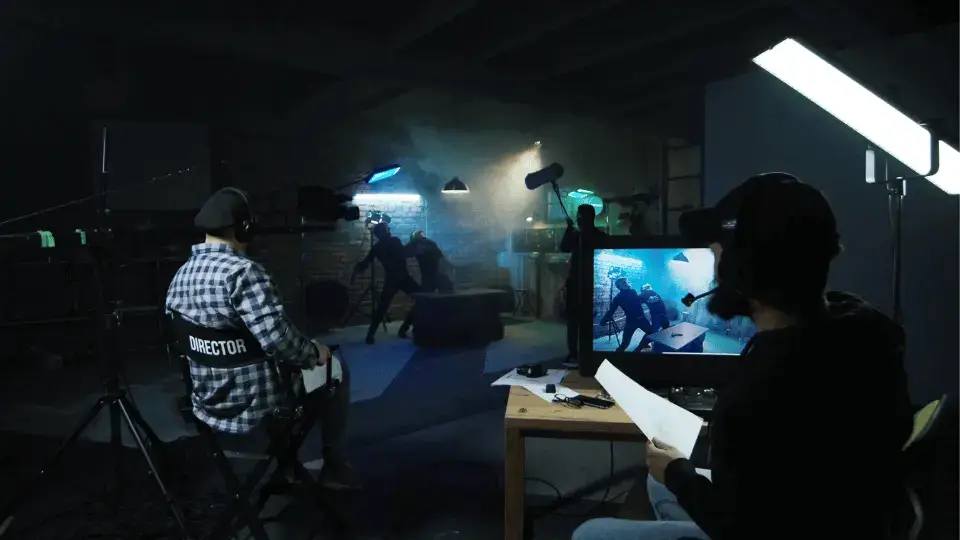The Departed Screenplay: Unlocking the Secrets to Success
“The Departed” is a crime thriller film directed by Martin Scorsese and written by William Monahan. The movie was released in 2006 and starred Leonardo DiCaprio, Matt Damon, and Jack Nicholson. It is one of the most critically acclaimed movies of all time and won four Academy Awards, including Best Picture. The screenplay for “The Departed” is a masterclass in storytelling, character development, and plot twists. In this article, we will analyze the “The Departed” screenplay to understand what makes it so great and how you can apply those lessons to your own writing.
1. Strong Characters
“The Departed” features a cast of complex and well-developed characters. The protagonist, Billy Costigan (played by Leonardo DiCaprio), is a young cop who goes undercover to infiltrate a gang led by Frank Costello (played by Jack Nicholson). The antagonist, Colin Sullivan (played by Matt Damon), is a member of Costello’s gang who has infiltrated the police department. Both characters are flawed and conflicted, which makes them interesting to watch.
When creating your own characters, it’s important to give them depth and complexity. Avoid making them one-dimensional or cliché. Give them flaws, vulnerabilities, and conflicting motivations. This will make them more relatable and interesting to your audience.
2. Tension and Suspense
“The Departed” is a masterclass in creating tension and suspense. The movie is full of plot twists and unexpected turns that keep the audience on the edge of their seats. The tension is created through the use of dramatic irony, where the audience knows something that the characters do not. This creates a sense of anticipation and dread, as we wait for the characters to catch up.
To create tension and suspense in your own writing, you need to keep your audience guessing. Use foreshadowing and misdirection to create a sense of uncertainty. Keep your audience on their toes by introducing unexpected twists and turns.
3. Dialogue
“The Departed” features some of the most memorable lines of dialogue in movie history. The screenplay is full of witty one-liners, clever comebacks, and memorable monologues. The dialogue is not only entertaining but also serves to develop the characters and advance the plot.
When writing dialogue, it’s important to make it sound natural and authentic. Avoid using clichés or overly formal language. Each character should have their own unique voice and way of speaking. Use dialogue to reveal character traits and motivations.
4. Structure
“The Departed” has a complex narrative structure that weaves multiple storylines together. The movie jumps back and forth between the perspectives of Costigan and Sullivan, creating a sense of parallelism. The structure of the movie serves to build tension and suspense, as we wait for the two storylines to converge.
When structuring your own screenplay, think about how you can create tension and suspense through the use of parallel storylines. Consider using flashbacks or nonlinear storytelling to create a sense of mystery and intrigue.
Key Takeaways
1. Strong characters are essential to a great screenplay. Give your characters depth and complexity to make them more interesting and relatable.
2. Tension and suspense are created through the use of foreshadowing, misdirection, and unexpected plot twists.
3. Dialogue should sound natural and authentic. Each character should have their own unique voice and way of speaking.
4. Structure can be used to create tension and suspense. Consider using parallel storylines or nonlinear storytelling to create a sense of mystery and intrigue.
If you are interested in pursuing a career in the film and TV industry, consider taking the NYU Film and TV Industry Essentials online course and certificate program. This program is designed to give you a comprehensive understanding of the industry and the skills you need to succeed. Learn from industry professionals and gain hands-on experience in the field.




